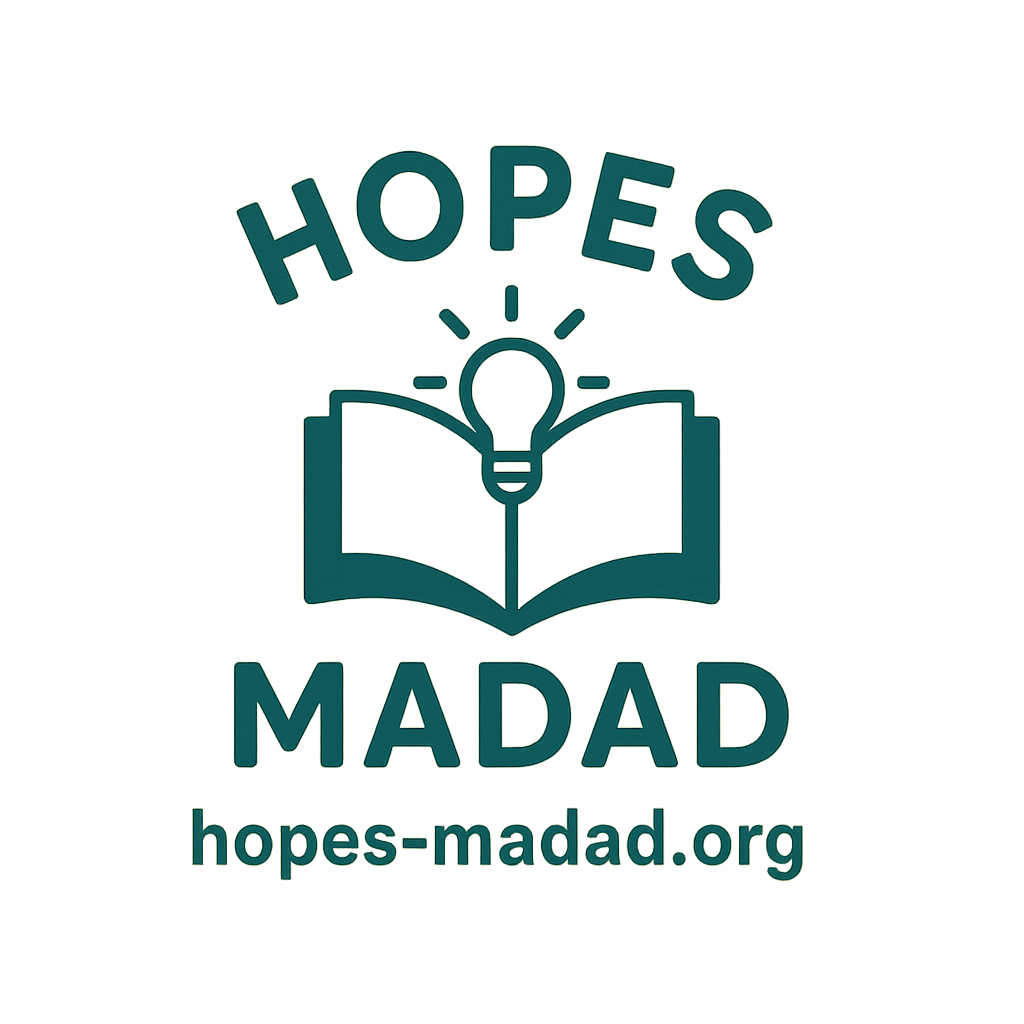It was written after midnight, between two cups of reheated tea and the sound of someone snoring in the next room. I had tried three versions already, each one polite but stiff, like I was talking to a door instead of a person. The subject line was wrong. The tone was wrong. The timing was probably wrong too. Still, I wrote it again.
I didn’t know then that this was the email that would finally get a reply. The one that would open the door I’d been knocking on for months, ever since hearing about the HOPES-Madad scholarships through a friend who’d actually managed to apply on time.
That night I kept it simple. No long explanations. Just a short paragraph saying who I was, what I was studying, what I was struggling with, and what I needed help understanding. I thanked them for reading and attached the documents neatly renamed and numbered. I even checked the file sizes because last time my attachments bounced back. The first tip, really: never send a file over 2MB unless you know the server will forgive you.
When the reply came, it wasn’t long either. Just a few lines confirming what I needed to do next. But it was human. Someone had read it. Someone had cared enough to answer. That tiny click of recognition was what made everything else move again.
If you’re staring at a draft email right now, here’s what worked for me:
- Start with your name and purpose in the first sentence. No long stories, just context.
- Keep your subject line clear. Think “Question about scholarship form submission” rather than “Urgent help please.”
- Number your attachments, and name them like “1_ID_card”, “2_CV”, “3_Transcript.”
- Use a calm closing line. Mine was, “Thank you for your time and help. I appreciate it.”
- Re-read it once before you hit send. Twice if it’s after midnight.
It sounds small, but these tiny things make the difference between being heard and being lost in an inbox. I’ve learned that from the people around me here. Everyone’s juggling something: work, family, classes, paperwork, life in a country that still feels half-borrowed. The trick isn’t being perfect. It’s just being clear, kind, and persistent.
So if there’s an email sitting in your drafts that you’ve been avoiding, open it tonight. Add the files. Write the short version of what you need. Then send it. You might be surprised who’s waiting on the other side.

